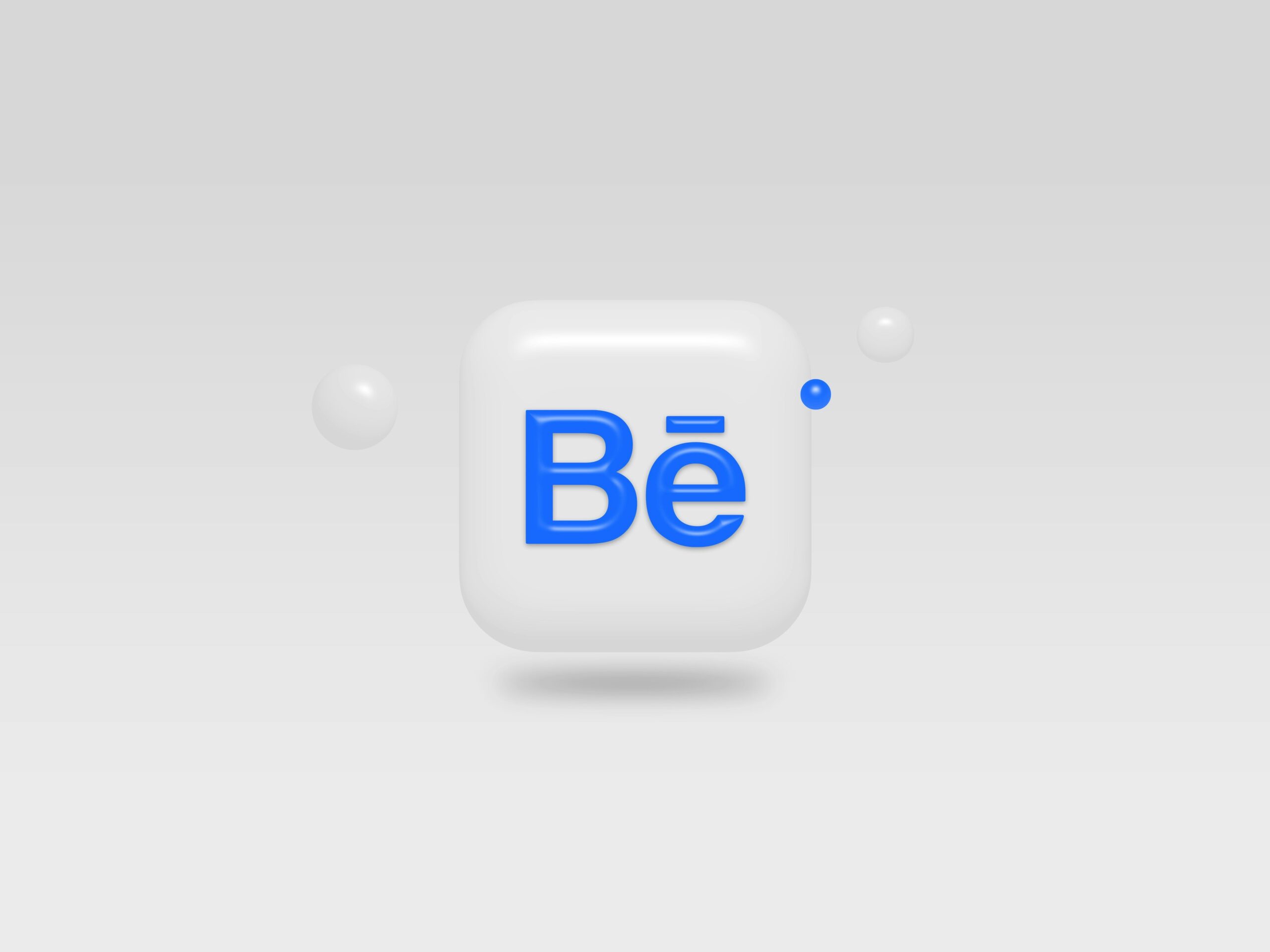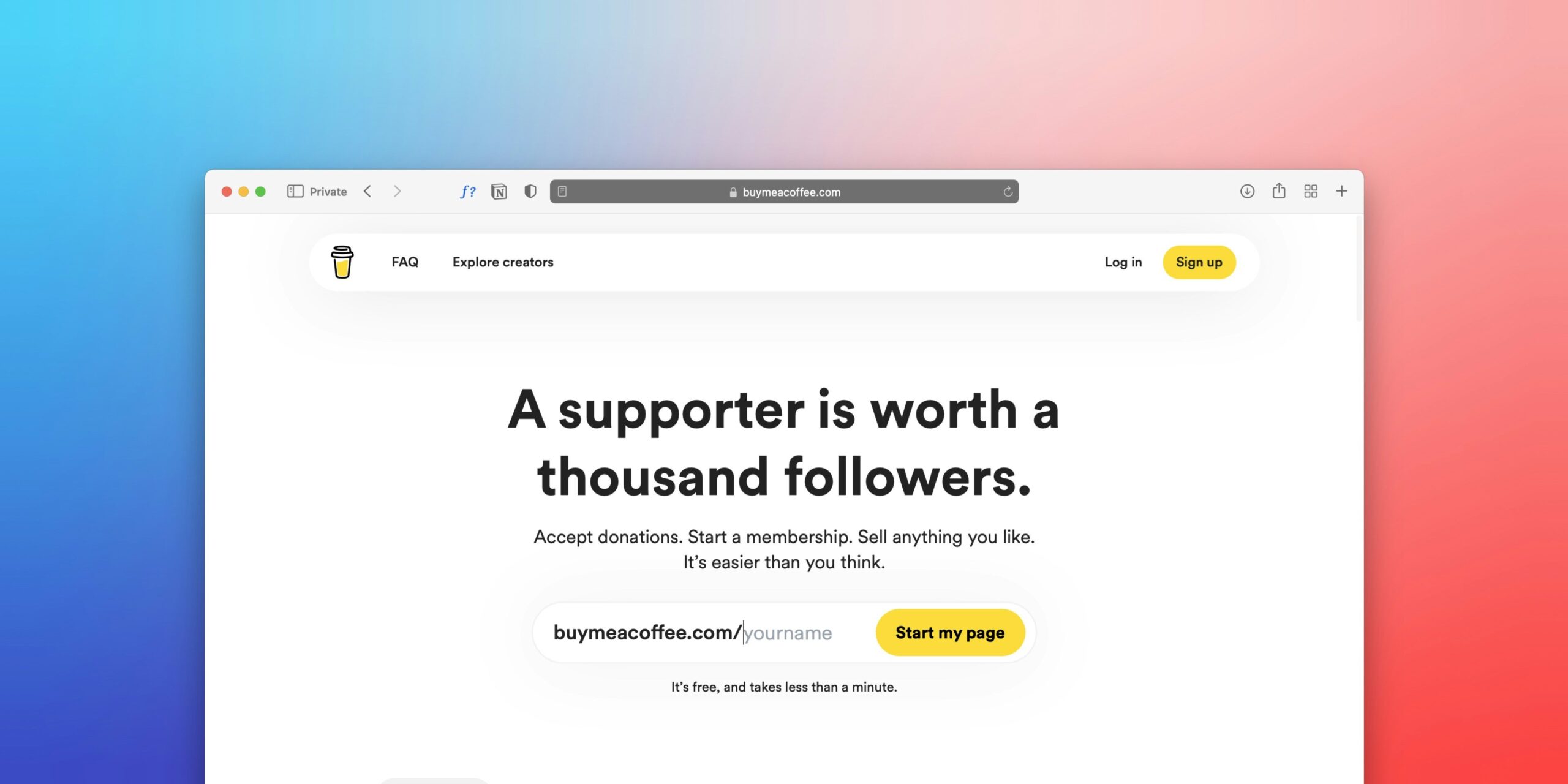Ever felt like you’re climbing a mountain just to keep up with school or work because of dyslexia? You’re not alone. Millions struggle daily, but there’s good news—technology is here to help. What if I told you that apps specifically designed for dyslexia could ease this burden and even level the playing field? Enter Learning Lift Risk Assessments: your roadmap to understanding how these tools can support learners in ways traditional methods often fail.
In this post, we’ll break down everything you need to know about leveraging dyslexia apps through Learning Lift Risk Assessments. We’ll explore real-world examples, actionable steps, and even one hilariously bad tip (spoiler alert: don’t try it). Grab your coffee, and let’s dive in.
Table of Contents
- Key Takeaways
- Why Dyslexia Support Matters
- Step-by-Step Guide to Using Learning Lift Risk Assessments
- Top Tips for Selecting Dyslexia Apps
- Success Stories from Real Users
- Frequently Asked Questions About Learning Lift Risk Assessments
Key Takeaways
- Dyslexia apps are game-changers when paired with proper risk assessments.
- Learning Lift Risk Assessments provide personalized recommendations based on individual needs.
- Choosing the right app requires evaluating accessibility, customization, and user engagement.
- Poorly implemented tech solutions can actually worsen learning challenges—avoid them at all costs!
- Real success stories demonstrate measurable improvements in academic performance and confidence.
Why Dyslexia Support Matters
“I spent weeks trying every ‘miracle’ reading program out there—only to have my kid come home in tears again.” Sound familiar? Dyslexia affects an estimated 20% of the population, yet many educators and parents remain unsure how best to support learners. Traditional teaching methods often overlook the unique strengths and struggles of dyslexic students, leaving them frustrated and falling behind.
Imagine being stuck between wanting to excel and feeling unable to decipher simple words on a page—it’s no wonder anxiety levels skyrocket among dyslexic individuals. That’s why interventions like Learning Lift Risk Assessments exist. By identifying specific areas where someone struggles most—whether phonics, decoding, or comprehension—these assessments create tailored action plans that spotlight effective digital tools, including dyslexia apps.

This infographic lays bare some hard truths: without targeted assistance, dyslexic students are more likely to drop out, face bullying, and develop lifelong self-esteem issues. But fear not—the future isn’t bleak thanks to innovative technologies paving the way forward.
Step-by-Step Guide to Using Learning Lift Risk Assessments
Step 1: Identify Specific Challenges
Optimist You: “Let’s pinpoint exactly what’s holding you back!”
Grumpy You: “Ugh, introspection—who has time for that?”
Start by conducting thorough evaluations. Use diagnostic tests provided within Learning Lift Risk Assessments to identify weak spots. Are spelling errors rampant? Is reading fluency lagging? Knowing precisely where the gaps lie ensures you select appropriate apps later.
Step 2: Choose Apps Based on Assessment Results
Once you’ve identified challenges, match them to features offered by various dyslexia apps. For example:
- Apps focusing on phonemic awareness are great for early readers struggling with letter-sound relationships.
- Mind mapping software helps organize thoughts visually for better writing outcomes.
- Audiobook platforms offer auditory alternatives to text-heavy materials.
Step 3: Monitor Progress & Adjust as Needed
No plan survives contact with reality unscathed. Regular check-ins using built-in analytics from both the assessment tool and chosen apps ensure ongoing relevance and effectiveness. If progress stalls, revisit Step 1—maybe new challenges have emerged since initial testing.

This flowchart simplifies decision-making during Step 2. It might sound complicated, but trust me—it’s easier than untangling earbuds in your pocket.
Top Tips for Selecting Dyslexia Apps
- Accessibility Over Everything Else: Ensure the app works across devices and accommodates different screen sizes. Bonus points if it offers voice commands!
- Customization is King: Look for apps allowing users to tweak settings like font size, color contrast, and audio speed.
- Engagement Keeps Momentum Alive: Gamified elements such as badges and leaderboards motivate reluctant learners.
- Avoid Terrible Tip #1: Don’t fall for flashy gimmicks promising overnight results. Tech should supplement—not replace—personalized instruction.
- Community Support Counts: Opt for apps connecting users with peers facing similar challenges. Social validation boosts resilience.
Success Stories from Real Users
Meet Sarah, a ten-year-old who once dreaded opening her textbooks. After undergoing a Learning Lift Risk Assessment, she discovered her primary hurdle was word recognition. Her parents introduced her to a dyslexia-friendly app packed with interactive games teaching phonetics. Within six months, her reading skills improved by three grade levels!
Then there’s Mark, a college sophomore battling ADHD alongside dyslexia. His assessment revealed he struggled most with staying focused during lengthy lectures. An audiobook app combined with note-taking integrations transformed his study habits—he graduated magna cum laude last spring.

Stories like theirs remind us why investing time into tools like Learning Lift Risk Assessments pays dividends beyond academics. Confidence restored = win-win.
Frequently Asked Questions About Learning Lift Risk Assessments
What Makes These Assessments Unique?
Unlike generic evaluations, Learning Lift drills deep into granular details about cognitive processing differences specific to each learner. This precision leads to more accurate app recommendations.
Can Adults Benefit Too?
Absolutely! Many adults go undiagnosed until they encounter workplace hurdles. The same principles apply regardless of age.
How Often Should I Reassess?
Experts recommend reevaluating annually—or sooner if significant changes occur in learning environments or goals.
Are Free Apps Enough?
While free options exist, premium versions often include advanced personalization and support worth considering.
Conclusion
Navigating life with dyslexia doesn’t mean giving up dreams—it means finding smarter paths forward. Through strategic use of Learning Lift Risk Assessments, individuals gain clarity around their needs and access powerful resources like dyslexia apps tailored specifically for them. Remember, patience and persistence yield remarkable transformations over time.
Now go ahead—download that life-changing app today. And hey, don’t forget to treat yourself to ice cream afterward (because adulting sucks sometimes).
Screen lights glow bright Like lanterns guiding ships at night Progress shines within


